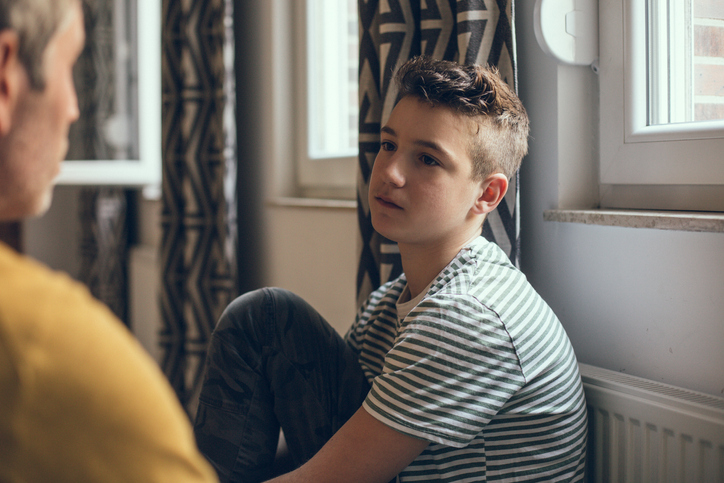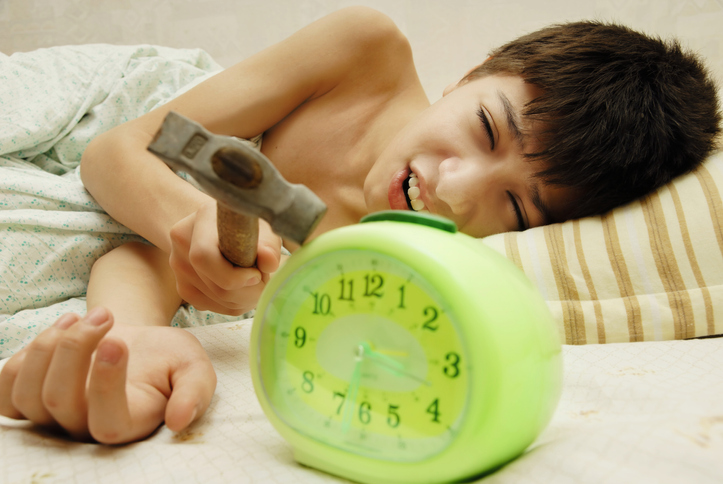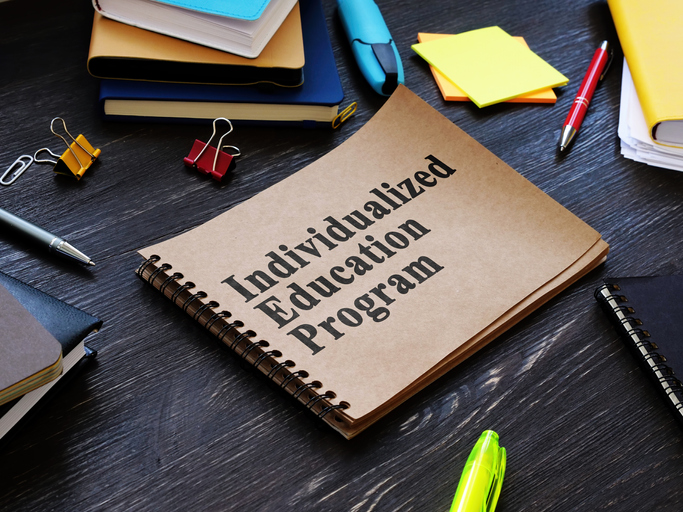Return to School with ADHD and COVID Uncertainty (again)
 Just when we thought we’d turned a corner in the COVID war, the virus is rearing its ugly head again. As kids go back to school, uncertainty looms once again. The Delta variant is making all of us more nervous than we might already be. School districts are debating mask mandates and some have returned to remote learning. It’s worrisome for parents and students–many of whom assumed that in-person learning would finally take place. When you consider the academic and social challenges for many kids with ADHD, it’s tough to know what to do to stay safe and create viable, rewarding learning experiences for your children and teens.
Just when we thought we’d turned a corner in the COVID war, the virus is rearing its ugly head again. As kids go back to school, uncertainty looms once again. The Delta variant is making all of us more nervous than we might already be. School districts are debating mask mandates and some have returned to remote learning. It’s worrisome for parents and students–many of whom assumed that in-person learning would finally take place. When you consider the academic and social challenges for many kids with ADHD, it’s tough to know what to do to stay safe and create viable, rewarding learning experiences for your children and teens.
Transitions back to school are typically challenging for kids with ADHD, LD, ASD and twice-exceptionality. When these changes are marked by continued concerns about the health of being in classrooms and engaging in social interactions, neurodiverse kids, who already struggle with anxiety and emotional regulation, become more stressed, worried and reactive. As parents, when you are confused about what to do or what to believe, it’s harder to put aside your feelings and be patient with your kids’ numerous questions or concerns. In this time of insecurity and frustration, the best thing you can do is name and work through the struggles.
Check-in with your child or teen about their school concerns

Rather than let this anxiety bleed into all aspects of daily living, pick one time per day for up to 20 minutes to discuss what’s happening. Discuss fears, acknowledge the unknowns and reflect on how you’ve all survived the challenges of the past 18 months.
-
-
-
-
- What are some resources you relied on?
- How did you come together as a family to support each other?
- What types of decisions did you make previously that could be helpful now?
-
-
-
Let your kids ask questions and, if you don’t know the answer to their questions, tell them you will get back to them tomorrow with a response. When you assign a particular time to talk about a distressing subject, you contain it. This containment helps manage persistent anxiety.
Here are 5 tips for making back to school with ADHD during COVID go as smoothly as possible:
1. Create predictable, doable routines–together.
Planning ahead reduces the frustration and overwhelm of making transitions for kids with ADHD. There’s no way around this. Some type of daily structure helps kids organize themselves and decreases family conflict. Use a whiteboard, chalkboard or large calendar to collaborate on what’s expected of your child in the morning, after school and before bed.
Keep these action items limited to 3 things so they are not overwhelmed. Kids can check the schedule instead of asking you what’s next so they can move themselves through the tasks. This builds confidence and competence, so they experience success as they start their year.
2. Stay compassionate and consistent.
 Transitions are tough for many kids, especially those with ADHD, LD or other mental health challenges. Give them time to practice going to bed and waking up earlier. Brainstorm new ideas for lunch, and listen to their concerns about going back to the classroom and seeing other kids. Offer them choices about their schedule so they have more buy-in.
Transitions are tough for many kids, especially those with ADHD, LD or other mental health challenges. Give them time to practice going to bed and waking up earlier. Brainstorm new ideas for lunch, and listen to their concerns about going back to the classroom and seeing other kids. Offer them choices about their schedule so they have more buy-in.
Your goal is to notice their efforting and aim for steadiness rather than focus on perfection. If they are trying to regulate themselves or do their chores–more times than not–let them know you see their efforts.
3. Address social anxiety without solving it.
As much as you would like to wave your magic wand and make their worries go away, kids need to learn how to deal with their fears and manage them. This is how they develop resilience, and it’s something we’ve all done to get where we are today.
Talk with them about their concern. Be sure to listen, and reflect back what you hear. Try a role play, or brainstorm possible strategies, phrases or responses. Recall past situations when they were nervous about or confronted a friendship issue and identify what helped them get through that tough moment.
The goal is to apply tools from previous challenges where they ultimately succeeded to what they are currently facing. Normalize–don’t minimize–their anxiety, and explore issues related to rejection sensitivity dysphoria.
Most kids and teens, with or without ADHD, feel uncertain at the beginning of school. Saying, “That’s not such a big deal or you’ll be fine” actually doesn’t give them the tools they need. Instead, try, “Of course you are nervous. That’s natural after not seeing people this summer or when you start a new school or have a new teacher.” This validates their experience and simultaneously reduces any shame about their feelings.
4. Make sure specific supports are in place for your alternative learner.

School is often the toughest area of functioning for neurodiverse kids. Make sure all accommodations–any 504’s or IEP plans–are in place.
Plan for an appointment to speak with classroom teachers or guidance counselors before school, and ask if your child can visit their new classroom or school to familiarize themselves with the environment. This will also reduce some anxiety.
Be sure to discuss any social concerns and discuss how you, your student and the school can work together to make this year run smoothly and successfully. Include your student in this part of the meeting so they will have buy-in.
5. Establish a back-up plan.
With so many things in flux, change is inevitable, and pushback and upsets will occur. Rather than being surprised when these occur, take some time to set up some guidelines of how you are going to manage those tense moments in advance of them occurring.
Set aside specific time for a family meeting–when people are calm, fed and awake–for no more than 30 minutes. Brainstorm possible scenarios when things go awry (I suggest using Stop, Think, Act). Agree on responses and talk about consequences for lying, disrespectful language or inappropriate behaviors.
Let your kids take the lead first on what meaningful interventions would look like. It’s useful to hear what they have to say and incorporate it into any plan you create. When you collaborate with them, they’re more likely to participate cooperatively. Write down whatever you decide and, just as you did with the daily plan, post it in a common space.
Take care of your wellbeing as a parent, too.

Regardless of the stress you feel, you’ve got this! Breathe, go outside for a walk, run or bike ride and practice self-care. Engage the support of your friends and family. This is a time to up-level your self-care.
Remember, when you travel on an airplane, the flight attendant instructs parents to put on their oxygen masks first before putting masks on their children. If you are feeling out-of-control or emotionally reactive with the stress of this COVID and school uncertainty, speak to your primary care provider or find a counselor.
Read more blog posts:
- Managing Uncertainty With Your Family During COVID-19: More than deep breathing
- ADHD Teens and Remote Learning: 5 Tips for Learning Success
- Returning to School with ADHD: Tips on helping anxious kids transition smoothly
Watch on Dr. Saline’s YouTube Channel:
- How to Help Your Children Transition Back to School Smoothly (WWLP 22 News Mass Appeal interviews Dr. Saline)
- ADHD Students: Tips for Transitioning Back to In-person Learning (ADDitude ADHD Parenting Q&A with Dr. Saline)
- Help Your Kid Overcome School Anxiety (Operation Parent Webinar with Dr. Saline)
Deeper Dive: https://drsharonsaline.com/product/online-learning-tips-for-parents-bundle/ https://drsharonsaline.com/product/home-seminar/
